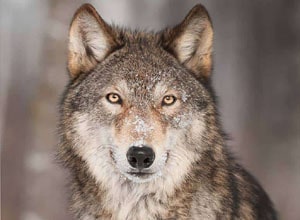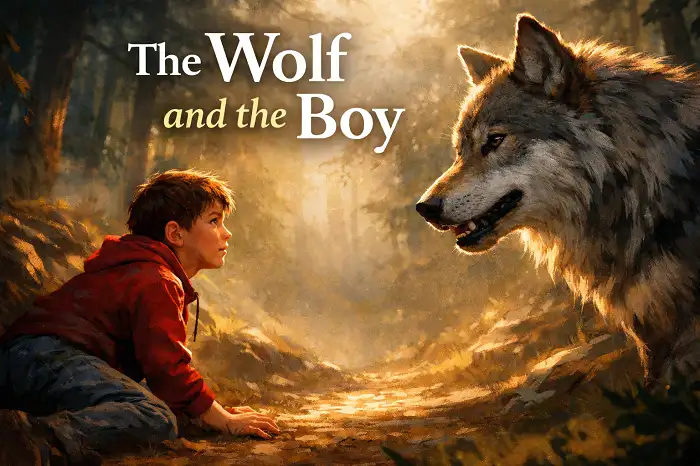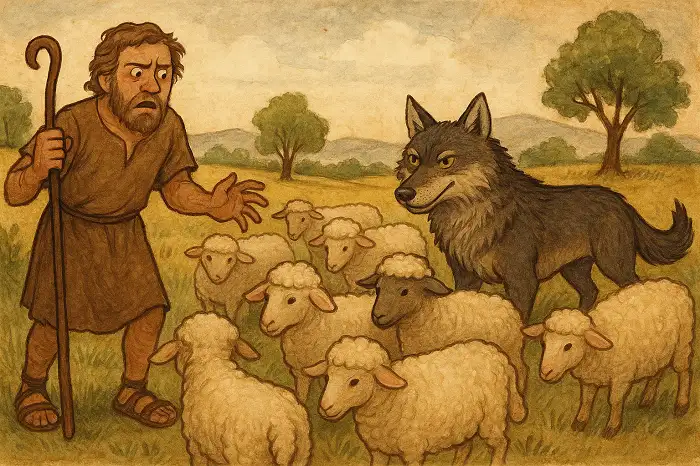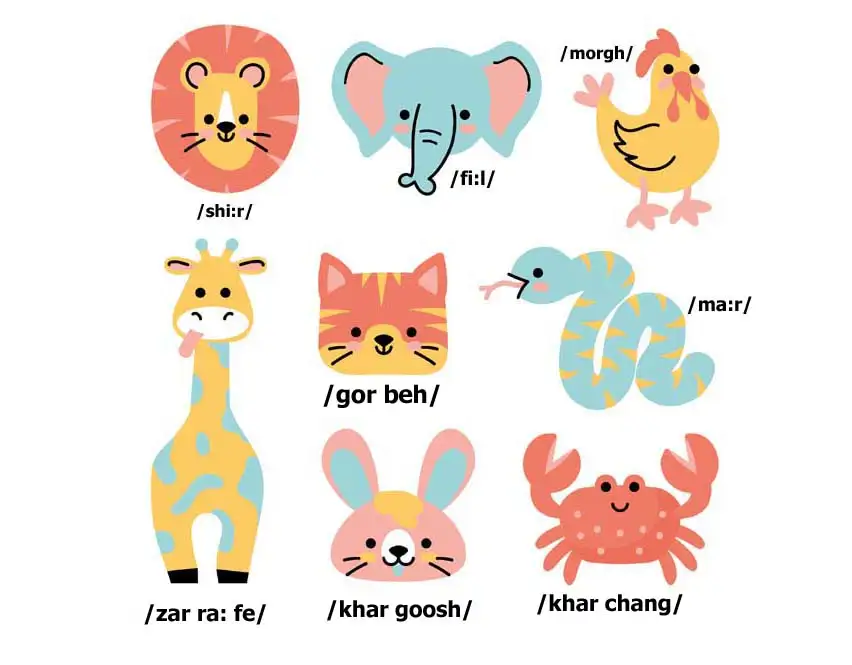English Documentary on Wolves with Transcript and illustrated flashcards to improve your reading and listening comprehension and expand your academic vocabulary Source of documentary: National Geographic YouTube Channel https://www.youtube.com/watch?v=YXMo5w9aMNs Wolves Wolves are steeped in legends throughout history. The predator’s powerful nature, piercing looks and spine-tingling howls continue to inspire both adoration and controversy around the world. Species of wolves There are two major species of wolves. One species is the Ethiopian wolf or Canis Simensis. Only about 500 of these wolves exist, and they inhabit the mountains of Ethiopia. The majority of the world’s wolves belong to the species called gray wolf ...
Home » English Documentaries with Transcript » English Documentary on Wolves with Transcript

English Documentary on Wolves with Transcript
Updated: by Elika Gharavi
Time to Read: 3 minutes | 395 Views | 6 Comments on English Documentary on Wolves with Transcript



Actually wolves are really dangerous and it’s really hard to tame them . They are so cute and beautiful.
You’re absolutely right, Soroosh. Unlike dogs, wolves are incredibly wild and not easily domesticated or tamed.
Although wolves are terrifying and perilous, they are very beautiful.
I found it fascinating that each wolf has a significant howl. Furthermore, the fact that they are social animals and they work in pack is intriguing.
That’s right. It’s interesting to add that wolves are the ancestors of dogs, even domesticated dogs. That’s why some dogs look so savage and ferocious.
Species of wolves
Wolves are steeped in legends throughout history. The predator’s powerful nature, piercing looks and spine-tingling howls, continue to inspire both adoration and controversy around the world. There are two major species of wolves. One species is the Ethiopian wolf or Canis simensis. Only about 500 of these wolves exist, and they inhabit the mountains of Ethiopia. The majority of the world’s wolves belong to the species called gray wolf or Canis lupus. Numbering up to around 250,000 and including up to about 40 subspecies, gray wolves are scattered across the Northern Hemisphere.
Largest dogs
Wolves vary greatly in size. The smaller wolf subspecies inhabit the desert regions of the Middle East. They stand at an average of about 26 inches tall and weigh less than 45 pounds. The larger wolf subspecies live in the northern regions of Asia and North America. The Canis usually stand up to 36 inches tall at the shoulder and can weigh up to 175 pounds, making them the largest wild members of the dog family.
Pack structure
Wolf packs are ruled by an alpha male and an alpha female. Wolves are highly social creatures and operate as a group or pack. Often comprised of 6 to 10 wolves, packs are cohesive units that hunt and live together. Within the packs, each wolf has a unique personality. To maintain order among them, a male and a female dominate the pack as alphas. They establish a strict hierarchy and are the only wolves in the pack to breed.
The famous howl
Each wolf’s howl is unique. Much like fingerprints on humans, howls are distinct to each wolf. Characteristics like pitch and amplitude of these vocalizations, help signify which wolves create certain howls. These vocalizations allow wolves to communicate with other wolves. They may howl to indicate their location to pack members and even show their affection. Wolves may also howl to nearby rivals to claim their territory.
Conservation of wolves
Wolves nearly became extinct in the continental United States. Throughout the early history of the US, waves of settlers travelled into the young country’s then undeveloped West. Rising human populations and settlements nearly wiped out deer, elk and bison populations, prey normally hunted by wolves. Without their usual prey, wolves then resorted to hunting livestock, making the Canis targets for hunters and trappers. By the mid-1930s wolves were almost completely exterminated. The late 20th century began to bring about change for wolves. Conservation policies, efforts to educate the public and programs that reintroduced wolves into the wild were enacted, aiding the comeback of these legendary creatures.
So many thanks for your accurate transcription.
In two places, you did not use the word “canines”, which means “dog family”. Instead, you used “canis”.